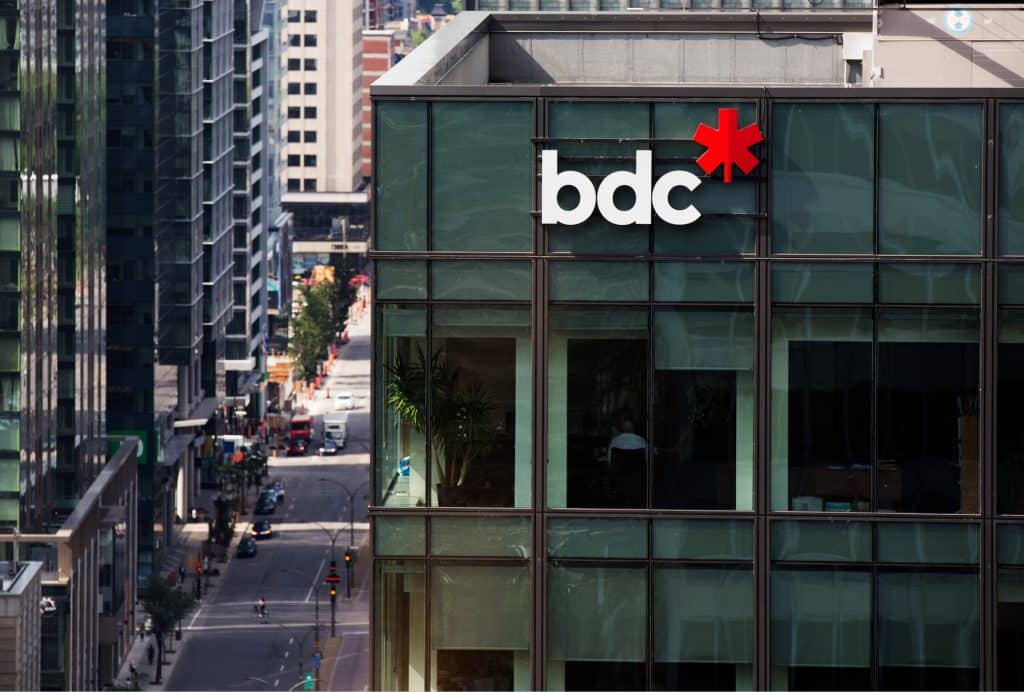Summarizing the role and objectives of SME development banks, it is fair to assume that they are in a business of market gap rather than market share. Therefore, their true success metric should include a number of customers lost due to SME definition, e.g., when SME became a large enterprise.
It has been widely acknowledged that the small and medium-sized enterprises (SMEs) are the key to economic growth, job creation and innovation. Nevertheless, financing early-stage SMEs and their R&D activities is considered as risky by commercial banks. However, given the importance of SMEs and their impact on the economy, many governments or local communities have established the SME development banks (SME DBs) to fill in the support and funding gaps.
Financial Services to Local SMEs
Generally, affordable loans are the most common products offered by development banks to the SMEs. Such loans are considered among the primary instruments of development banking aimed to support projects of public significance, e.g., public infrastructure.
Development banks are increasingly entering the investment space and offering the equity financing (typically as minority partners), subject to specific set of conditions relating to concerns like management and dissolution.
Other financial services offered by development banks include partial loan guarantee schemes, SME insurance, conditional financing, etc. These services are offered by various SME DBs including BDC in Canada, QDB in Qatar, BNDES in Brazil, Innovation Norway, KDB in South Korea, etc.
Export support
The export-related support offered by development banks includes export bill discounting, export insurance, export promotion and development. Typically, such services are offered by the Export Credit Agencies (ECAs) and Trade Promotion Organizations. However, in case of Qatar, export financing, promotion and development services are offered by the local development bank – QDB.
Advisory services
Development banks are also known to be offering advisory services. Such services include business planning and market assessment, as well as legal, financial and accounting-related advisory services. Some development banks also have the so-called SME clinics, where they support the SMEs who face various performance challenges.
Non-financial services
The non-financial services offered by various development banks are very diverse and depend on the level of maturity of local SMEs and ecosystem. As such, development banks may offer a wide range of non-financial services, including incubation, acceleration, corporate training, government procurement support, awards and competitions.
Case study: Business Development Bank of Canada (BDC)

Established in 1944, the Business Development Bank of Canada (BDC) is a federal development bank with 123 business centers serving more than 60,000 clients across Canada. It is a crown corporation which is fully owned by the Government of Canada.
Services Offered by BDC
BDC and its subsidiaries offer a wide range of services, including financing, advisory and investment to mainly small and medium-sized Canadian businesses across all industries and every phase of growth.
Financing
BDC provides business loans to help entrepreneurs to grow their businesses. They offer working capital financing to purchase commercial real estate, machinery and equipment or invest in technology and other business needs.
BDC also offers small business loans of up to $100,000 that can be granted in 48 hours. Businesses have the option to choose their affordable interest rate. BDC offers them an option to delay the payment for the first 6 months and to repay the loan over 5 years with no penalties for early or lump-sum repayments. The loan application can be submitted online without any application fees.
Advisory Services
As for any business, taking the right decision is very critical for SMEs and especially startups. BDC has a team of subject-matter experts who offer advisory services to the businesses to help them take the right decision. The experienced advisors from BDC’s advisory team provide objective, practical and results-driven advice. Coaching is also offered to the small businesses. Moreover, BDC supports businesses with solutions and services in the following areas:
- Strategic planning
- Financial Management
- HR Management
- Technology (including software development, hardware selection and digital strategy)
- Sales and Marketing
- International expansion
- Operational efficiency
- Certification Support (ISO, HACCP)
Wholesale Financing
To multiply the impact of its efforts, BDC works with other investors and financial intermediaries to increase access to funding and investment for entrepreneurs and SMEs. In addition, BDC structure includes a syndicated financing team which includes financial experts with in-depth industry expertise. These experts support businesses through senior debt financing in syndicated transactions.
Cleantech Practice
BDC aims to help Canadian SMEs become globally competitive through adopting cleantech practices. It meets capital-intensive needs of growing businesses through offering flexible financing and equity with:
- Showcasing a positive environmental impact by a commercially validated IP technology
- A clear road map to profitability
- The goal to have more than $100 million annual revenue
- Market traction with commercial contract and great potential for revenue growth.
Conclusion and key takeaways
Potential of SMEs to contribute to local economies and communities can no longer be neglected. Therefore, SME development banks are more focused on and supportive to the aspiring entrepreneurs, startups and scale ups. They are keen to see SMEs grow into large enterprises. With their team of diverse expert professionals, SME development banks try to help entrepreneurs succeed. In case of BDC, the objective is to work closely with Canadian businesses to provide them with suitable funding solutions and expert opinions.
Summarizing the role and objectives of SME development banks, it is fair to assume that they are in a business of market gap rather than market share. Therefore, their true success metric should include a number of customers lost due to SME definition, e.g., when SME became a large enterprise.



